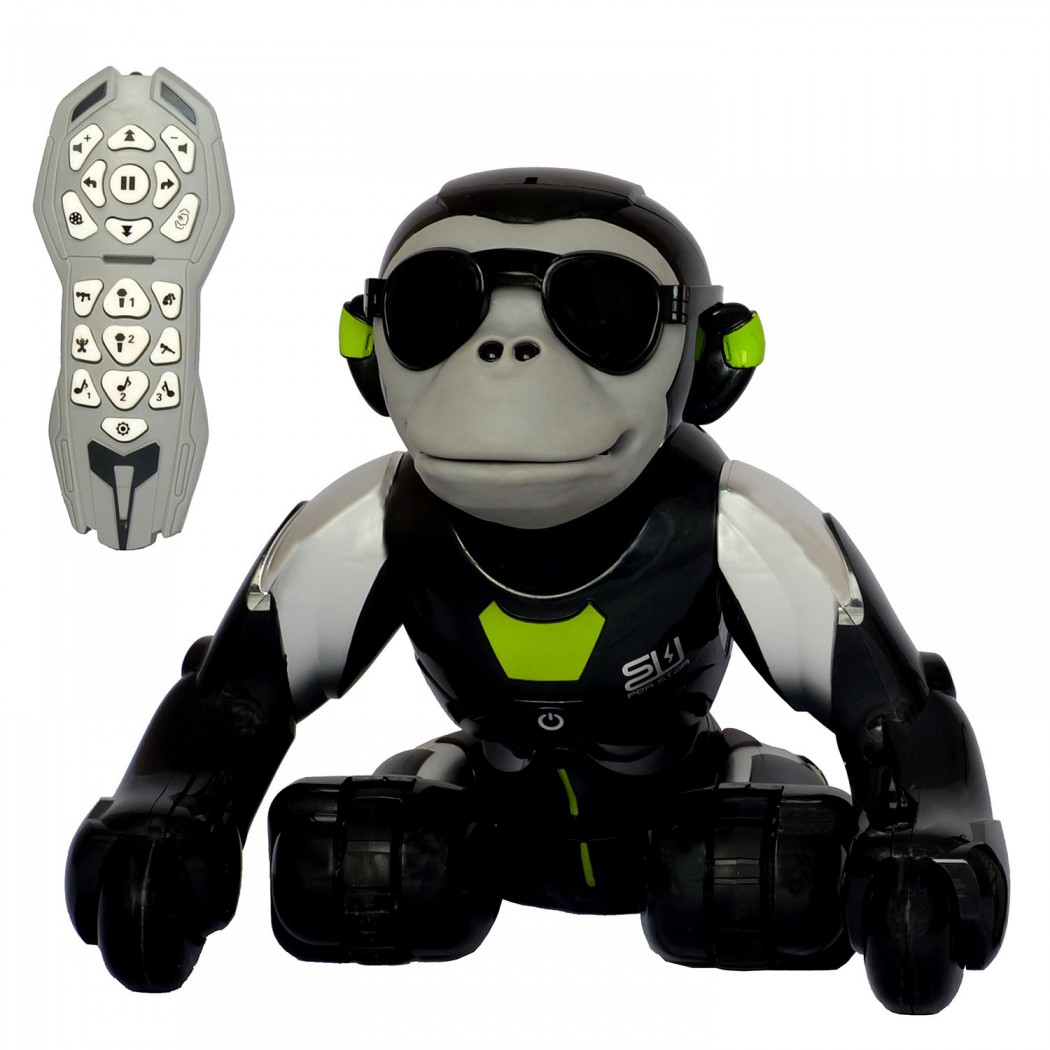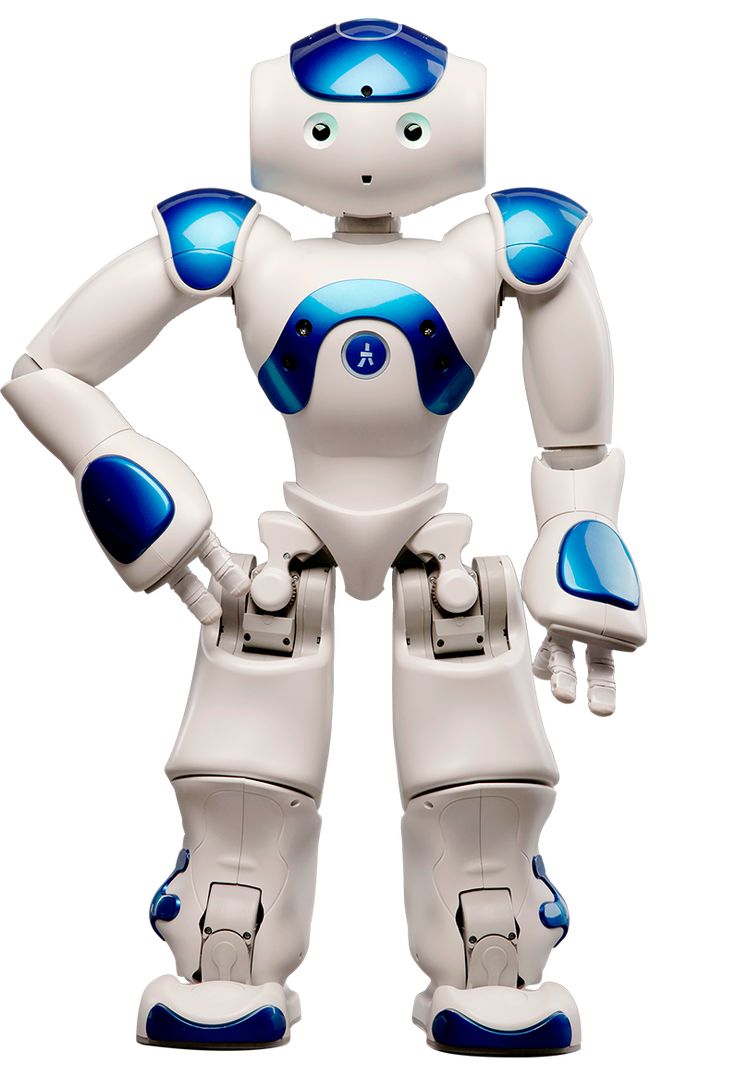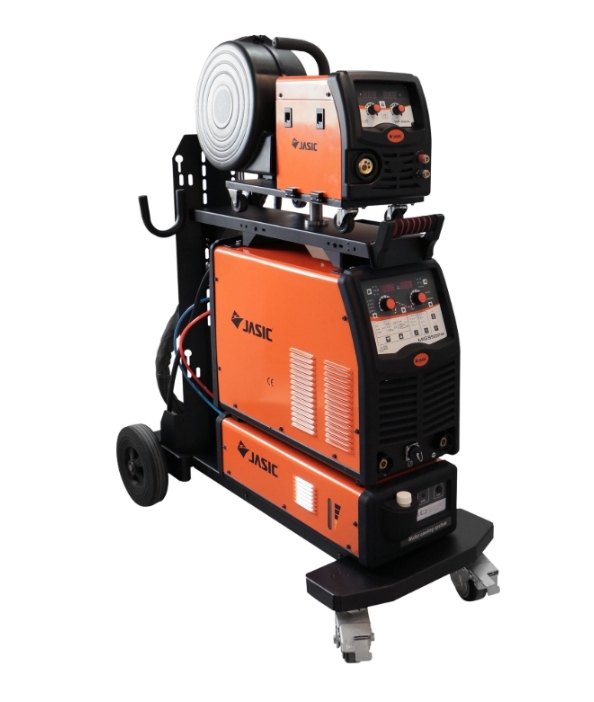Researchers from the Reconfigurable Robotics Lab (RRL) at [Institution] have developed a novel robotic interface that can faithfully reproduce the perception of softness across a range of materials and objects. Called SORI (Softness Rendering Interface), the device decouples and independently renders the two key components involved in detecting softness - cutaneous cues from the skin and kinesthetic cues from finger joints.
"If you press on a marshmallow, it's easy to feel it's soft using just your fingertip," explained Mustafa Mete, a PhD student who worked on the project. "But if there's a hard biscuit on top of that marshmallow, you can still sense the underlying softness, even though your skin is touching a firm surface. We wanted to recreate that experience digitally."
Understanding and artificially rendering the sensation of softness has been a long-standing challenge for roboticists. Previous haptic devices could only approximate softness by modulating a single parameter like force feedback. SORI is the first device to decouple and independently control the cutaneous and kinesthetic cues that combine to create our innate softness perception.
The device features a dimpled silicone membrane mounted on origami-inspired joints. As a finger presses into the membrane, airflow inflates it to varying degrees to replicate the enveloping feeling of penetrating a soft surface. Simultaneously, the joints use a motor-driven mechanism to modulate their stiffness and mimic the kinesthetic force profile felt through the fingertip.
Through this novel dual-recreation approach, SORI can accurately mimic a diverse range of softness sensations across different materials like beef, salmon, marshmallows and more. It can even capture the nuances of complex situations, like detecting a soft material underneath a hard surface layer.
"We first had to systematically quantify the parameters that determine how different fingertips experience softness from various materials," said Mete. "Then we mapped those measurements onto SORI's hardware to replicate those distinct softness profiles."
One key demonstration showed SORI recreating the rhythmic pulsations of a beating heart - highlighting potential applications in medical training and telepresence surgery. Other use cases could include remotely exploring delicate environments, augmented reality experiences, and even robotic harvesting of fragile fruits and vegetables.
"This isn't meant to be just another force feedback sensor," Mete explained. "SORI digitally transfers the rich experience of how an object actually feels to the touch. It's like transmitting softness similar to how we send audio or images today."
Led by Professor Jamie Paik, the RRL team's work on mastering the intricate perception of softness through robotics opens up new frontiers for human-machine interaction and teleoperated tasks involving fragile materials. As ambient robotics and telepresence become increasingly prominent, interfaces like SORI could make remote experiences much more immersive and realistic.
The research describing the Softness Rendering Interface was published in the latest issue of the Proceedings of the National Academy of Sciences.














